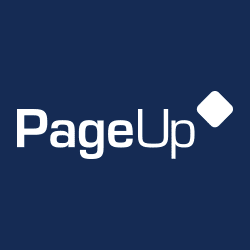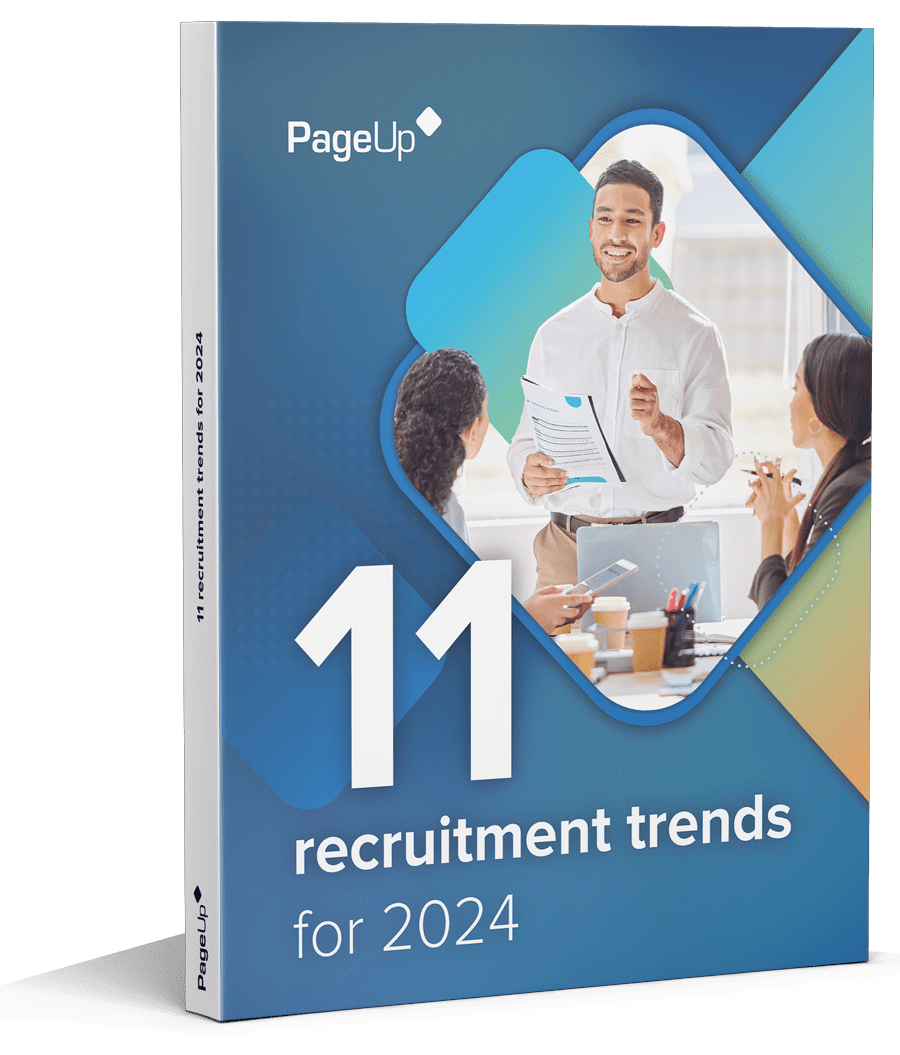If nothing ever changes, then your old methods, people and technologies will do just fine. But, the world is anything but static. Competitors, technologies, regulations and more are constantly in flux. Your HR organisationorganization must change, continuously, if it is to remain relevant. The amount of change, of late, is so great, that mere incremental change is insufficient. HR organisationsorganizations today need a bigger change and the key tool for this is a new strategy.

Where do you start?
The first step in creating a great HR strategy is to make an honest assessment of where current HR capabilities, processes, systems and people are today.
But what kind of strategy is needed depends on an organisationorganization’s starting point. If your HR environment is highly dysfunctional, it must get functional first. Functioning HR groups need to become top quartile performers. Those HR groups that are already highly efficient need to develop capabilities that create material competitive advantage for their firm. And, the best of those are looking at redefining not just HR but the competitive landscape of an entire industry.
The first step in creating a great HR strategy is to make an honest assessment of where current HR capabilities, processes, systems and people are today. And, while knowing the starting place is a key input to strategy development, great HR leaders only plan for one major step change at a time. Going from dysfunctional to functional is very possible but to go from dysfunctional to an industry game changer could be a pipe dream. Strategies should contain manageable steps.

What issues should your HR strategy be addressing?
A strategy is a plan that addresses specific business needs and wants. What should the HR plan today contain? At a minimum, it must address these matters:
- How HR will radically refocus its own talent from transaction processing to becoming high-value contributors
- How HR will transfer many HR tasks to employees, contingent workers, job-seekers, etc.
- How HR will create a powerful and winning employment brand
- How HR will adopt processes, technologies and innovations of other functions, such as Marketing
- How HR will develop powerful, relevant future leaders for the firm
- How HR will develop deep networks of potential employees
- How HR will harness big data to better identify future employees, detect fraud and augment decision-making
- How HR will utiliseutilize analytics to improve hiring, engagement and productivity
- How HR will look at the combination of mobile, social and cloud technologies to drive new capabilities and derive competitive advantage
- Where HR will find new value drivers beyond simple efficiency and effectiveness gains

Knowledge is key…but so too is corporate alignment
For many HR groups, developing such a strategy will be a difficult task. As a general rule, many HR leaders are not as cosmopolitan – aware of new technologies and approaches – as they should be. They may lack the time to discover new technologies, or work in a geography where few HR trade shows, HR professional associations and industry networks are convened. No matter the reason, HR professionals must avail themselves of every potential resource on the Internet to become the most informed HR executive possible. Without up-to-date knowledge, a strategy is simply out-of-date, incorrect or irrelevant.
HR plans must deliver real business benefits at the right time and with the right price point.
Development of the strategy may require a concurrent business case development effort. HR executives have to create plans that can be bought into by other corporate executives. HR plans must deliver real business benefits at the right time and the right price point. But, if these plans aren’t aligned with other corporate strategies – for example, the ability to drive 10% annual organic growth as well as rapid integration of key acquisitions – then the misaligned strategy will fail.

What needs to be in your HR strategy?
The new strategies will likely contain plans that include:
- How the mix of HR team members will change from containing many generalists and administrators to having data scientists, statisticians, marketers, etc.
These new team members will drive the correct and best uptake of new analytics, algorithms and big datasets so that HR can better reduce attrition, develop rich pipelines of talent and produce workforce forecasts. - How HR will take time out of every HR process
No more will HR find it acceptable to see long elapsed timeframes in recruiting talent, in making employment decisions, in providing employee performance feedback, etc. Time is now the enemy of HR and must be dealt with aggressively if firms are to get and retain the best people for their company. - How HR will modernisemodernize the technology its uses
HR cannot continue with the patchwork collection of technologies that it has assembled over the last several decades. These systems may include a mix of cloud and on-premises solutions along with a generous pile of spreadsheets, custom – or worse, manual – integrations, and some custom code. IT may be behind in applying new upgrades to the on-premises solutions and accumulating a growing technical debt load that must be cleared. Whatever the issues, this largely out-dated and kludgy mess of systems must go if HR is to operate with the accuracy, speed and maximum efficiency that the organisationorganization requires. - How HR will take self-service to all new heights
Today, there are more smart mobile devices on the Earth than people. HR needs to move as many of its transactional activities as possible to self-service and mobile enabled solutions. Powering these capabilities will require new process management, exception management, onboarding, offboarding, archival and other capabilities that supplement or are embedded within newer generation HR solutions and processes. - How HR will win the (never ending) war for talent
Radically different processes and technologies may be needed if HR is to attract and retain the talent the firm needs now and in the future. A comprehensive strategy might show the need for a marketing approach to Recruiting and the use of big data resources to identify potential hires. New technology could also help the firm retain the best and brightest employees. - How HR will develop the workforce and leadership pipeline it needs
The days of expecting to find qualified talent in the open market for every position may be over. Developing your own talent may be an old-fashioned idea that is coming back into favour. Why? The changing demographics of workforces coupled with rapid job obsolescence means a very proactive approach to talent planning and development may be a business necessity. The question is how HR will deliver this? - What kinds of external data, benchmarks and big data will the new HR need
HR can no longer be satisfied with the data that is contained within their ERP and HR systems. Massive external data stores are being used by job seekers such as LinkedIn, Glassdoor and many others. Weather information is being used to schedule retail workers. Even if this data is identified, what technologies will HR need to use this information to its full advantage? - How HR will make its firm a destination employer
Can HR create outstanding recruiting processes, compelling recruiting and onboarding experiences to make their organisationorganization the go-to destination for new hires? - How HR will reduce its dependency on internal IT
Can HR acquire different technology, such as multi-tenant cloud software that reduces its dependency on internal IT and eliminates IT technical debt? - Whether HR can/should bring certain outsourced processes back in-house
Should HR consider bringing some functions back in-house, especially those that can be done via more efficient cloud or machine learning-based systems? - How bots, robotic process automation and machine learning will affect the organisationorganization’s workforce
What will the workforce look like over the next several years especially if large numbers of people will be replaced or supplemented via robotic process automation, algorithms and machine learning?
The strategy of HR, more important than ever, will also become one of the most dynamic exercises HR leaders must complete. Its content and its importance to the organisationorganization have never been greater. Are you up for the challenge and the changes it will require? This piece was taken from the PageUp publication, CLIFFHANGER – HR on the Precipice in the Future of Work which addresses the major factors impacting the current HR and business landscape. To learn more about the book and download a free chapter, click here.
Fresh insights for HR
Stay up to date with HR trends, tips and more when you sign up for our industry newsletter






